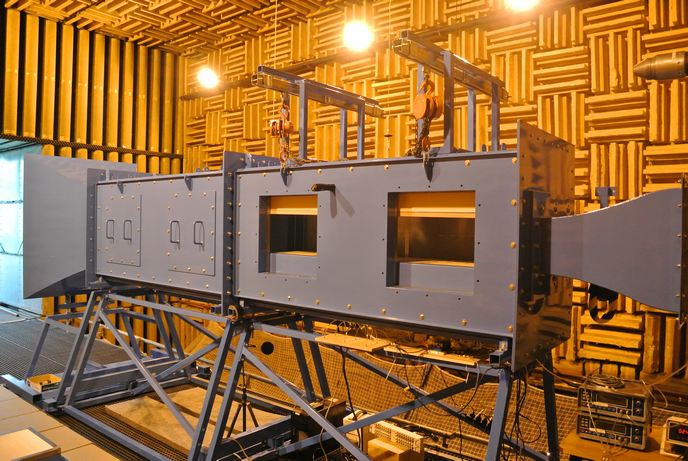Prepare for landing on planets
Each planet and moon in our solar system has different characteristics and presents different challenges to the entry and descent stage. Differences in atmospheric density features all play a part in safely approaching the surface. And without a successful landing, there can be no robotic mission even if the spacecraft succeeds in reaching the target planet. The aim of the EU-funded 'Planetary entry integrated models' (PHYS4ENTRY) project was to study the physical processes that play a role in the supersonic entry. When a spacecraft reaches the atmosphere, a shock wave is formed ahead of the nose, heating the gas in this region to a very high temperature. As it plunges deeper into the atmosphere, the spacecraft is heated by the surrounding atmosphere. PHYS4ENTRY scientists developed theoretical models to describe elementary processes taking place in the high-temperature mixtures of planetary atmospheres (Earth, Mars, Jupiter) . Electron-molecule collisions, atom-molecule and molecule-molecule gas-phase collisions, atom-molecule surface interactions and photon-induced processes were included in investigations of the expanding entry flow. Their impact of the overall heat flux on the spacecraft surface was estimated with computational fluid dynamics simulations. The ability of theoretical models to predict the non-equilibrium kinetics of the high-temperature mixture was assessed against experimental measurements. The expanding flow conditions were examined in the induction coupled plasma wind tunnel of the von Karman Institute for Fluid Dynamics in Belgium. The PHYS4ENTRY database includes rates of elementary processes and physical properties of species relevant to (re-)entry into the atmospheres of Earth, Mars and Jupiter. Publicly available through the project website, it is expected to have a significant impact on modelling efforts in (re-)entry aerothermodynamics. Through a detailed analysis of the physical processes taking place during a spacecraft's entry into planetary atmospheres, PHYS4ENTRY scientists improved crucial elements of modelling flight conditions. Their findings will contribute to more efficient heat shield designs with profound impact on the success of planetary missions.
Keywords
Planetary exploration, wind tunnel, planetary entry, planetary atmospheres, heat shield







